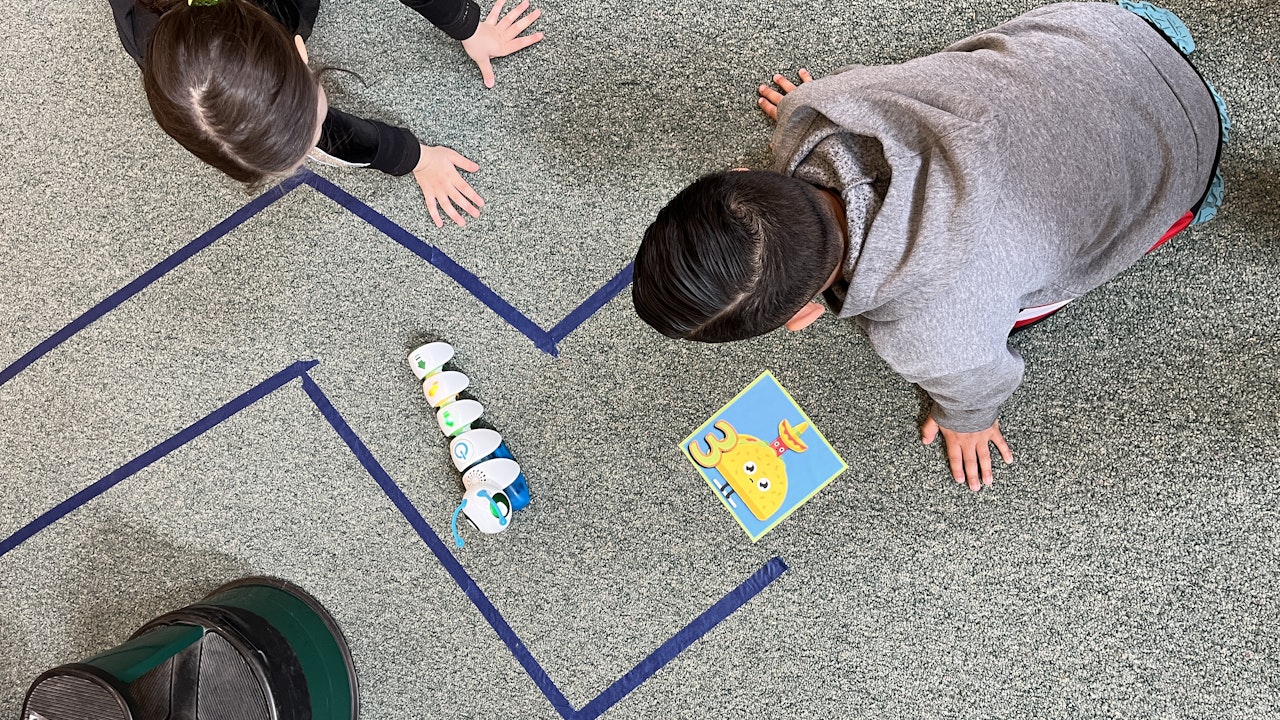Homepage
•
Learning Library
•
Blog
•
Simple Starters for AI Literacy and Digital Citizenship Learning
Expand breadcrumbs
Expand breadcrumbs
- Learning Library
- Blog
- Simple Starters for AI Literacy and Digital Citizenship Learning
- Homepage
- •
- Learning Library
- •
- Blog
- •
- Simple Starters for AI Literacy and Digital Citizenship Learning
Simple Starters for AI Literacy and Digital Citizenship Learning
By Lisa Blank and Carrie Rogers-Whitehead
June 6, 2024








